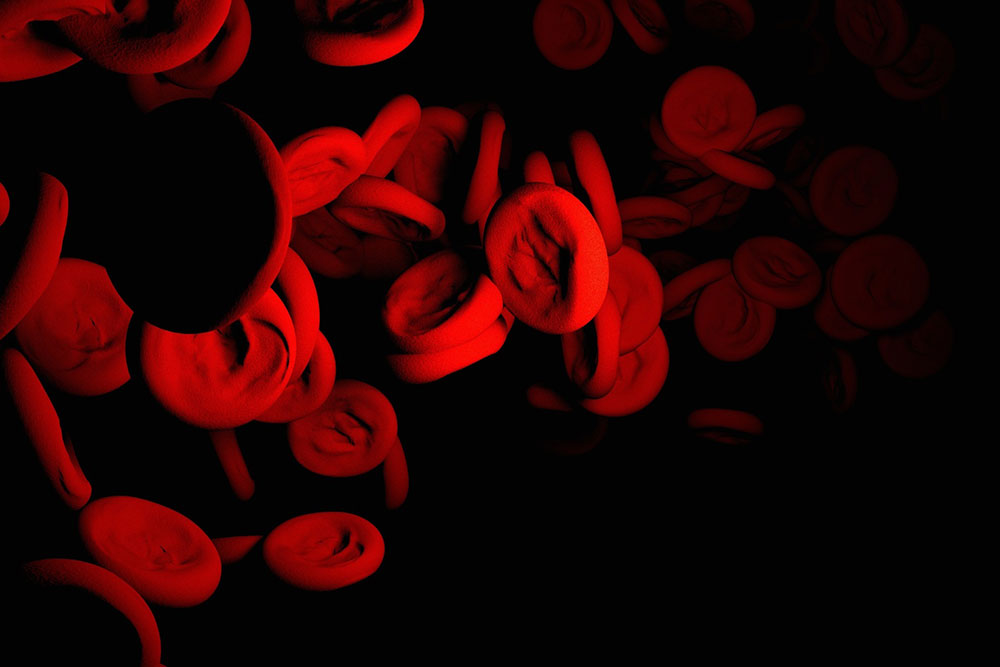
Causes and types of hemophillia
In medical terms, hemophilia is considered an inherited disorder rather than a disease. This disorder disables the body from forming blood clots, thereby causing exaggerated bleeding. Hemophilia is usually used by medical professionals to address both its types, namely, hemophilia A and hemophilia B. Although they are both addressed as one, doctors distinguish between them by learning about the mutation in a specific gene that causes hemophilia A or B.
Though hemophilia can affect both genders, it is often more common among men as both hemophilia A and B are inherited in the X-linked genetic pattern. Hemophilia is also described as one of the most common X-linked genetic diseases.
Hemophilia A and B
As mentioned earlier, there are two kinds of hemophilia, A and B. Before understanding the difference between the two, it is important to learn that there are multiple factors in the blood that allow it to form a blood clot in cases of an open wound bleeding. Each factor is numbered by medical professionals for better understanding. The lack of any one factor, usually either factor VIII or factor IX, can cause either of the two kinds of hemophilia.
- Hemophilia A : This is the most common kind of hemophilia among people. It occurs when factor VIII is lacking in the blood.
- Hemophilia B : This occurs when factor IX is lacking in the blood.
Symptoms of hemophilia
To understand what hemophilia feels or looks like, it is important to know its causes.
- Unusual bruises in places or numbers
- Non-stop nose bleeding
- Excessive bleeding from dental surgeries, lip biting, or tooth loss
- Painful and swollen joints
- Blood in urine
Causes behind inherited hemophilia
Inherited hemophilia is the most common type of hemophilia that occurs in a person through their parents’ mutated gene of the X-chromosome. As discussed earlier, males are more likely to inherit hemophilia than females. However, women also carry the disease; they can suffer from lower levels of hemophilia and rarely have full-blown hemophilia.
A male child of the woman with a mutated gene has a 50-50 chance of having hemophilia and female child of the woman with a mutated gene has a 50-50 chance of becoming a carrier. On the other hand, if a father has hemophilia and the mother does not, their male child will not have the disease; however, the female child will become the carrier of the mutated gene.
Causes behind sporadic hemophilia
Although hemophilia is a rare genetic condition, it can occur in people even when none of their parents carry the mutated gene. In these cases, the person acquires the disease during their fetal development.
Causes behind acquired hemophilia
In the above two types of hemophilia, it is understood that people are born with the disease. However, there are instances where some people develop this condition later in life. Some people acquire this disease when they are in their 60s and often when they are related to certain autoimmune disease or cancer. Additionally, in rare cases, women develop hemophilia upon giving birth.


